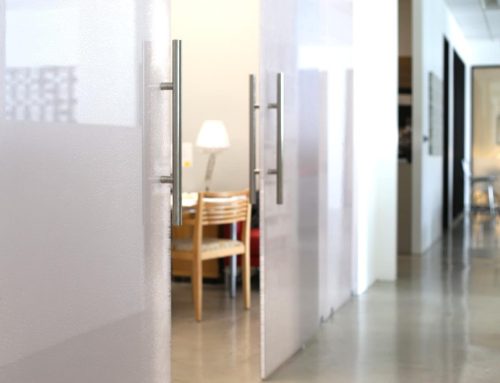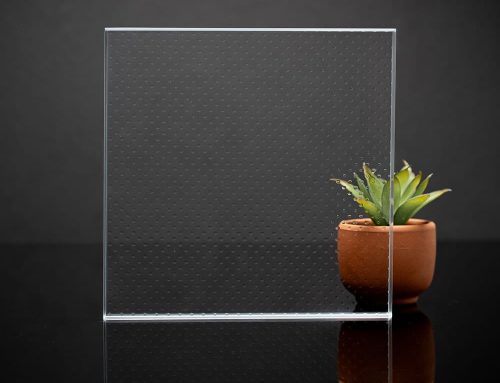Privacy glass varies its light transmission properties under light, thermal, and electrical influences. Smart Glass has two broad categories: passive and active. The passive subcategory includes thermochromic and photochromic. The active subcategory, includes electrochromic (EC), suspended particle devices (SPD), and polymer dispersed liquid crystal (PDLC).
Passive smart glass technologies are those that use natural, nonelectrical stimuli, such as heat and light, to transition from dark to light and vis versa.
Passive Smart Glasses
Thermochromic glass uses heat from direct sunlight to tint windows on an as-needed basis. As the amount of direct and intense sunlight increases on the glass, the glass heats up and darkens.
Photochromic glass will change the level of transparency in response to the light intensity.
Active Smart Glasses
Active smart glass technologies are those that respond to an electrical stimulus, which gives control to the user, by providing on-demand results.
Electrochromic Glass (EC) can switch its color by applying external DC voltage or current, turning the glass from clear to dark. Typical use includes solar control for exterior glass. Electrochromic darkest state, the visible light transmission can be less than three percent, with limited privacy as it can still be seen through.
Suspended particle devices (SPD) contain small light-absorbing microscopic particles that respond to an external AC power source, transitioning from clear to dark in a matter of seconds. When a voltage is applied, the suspended particles align, which allows light to pass through the gaps in the particles. When no voltage is applied, the particles arrange in a random state of disarray which blocks light from passing through.
This technology generally used for light-control applications – most commonly auto glass, skylights, sunroofs, portholes, aircraft windows, and marine windows. It provides weak to moderate privacy.
Polymer Dispersed Liquid Crystal (PDLC)
Polymer dispersed liquid crystal (PDLC) is an innovative technology that switches from opaque to clear in milliseconds using AC current, regardless of the size of the glass. It has light-scattering power when an electric field is applied and can be used for a range of exterior and interior applications. Products using this technology are available in a self-adhesive switchable film that can retrofit to existing surfaces and laminated switchable glass. In its opaque state, it gives the user complete privacy, since you can’t see through it. See the image below for an example of the complete block of vision that the PDLC glass provides.






